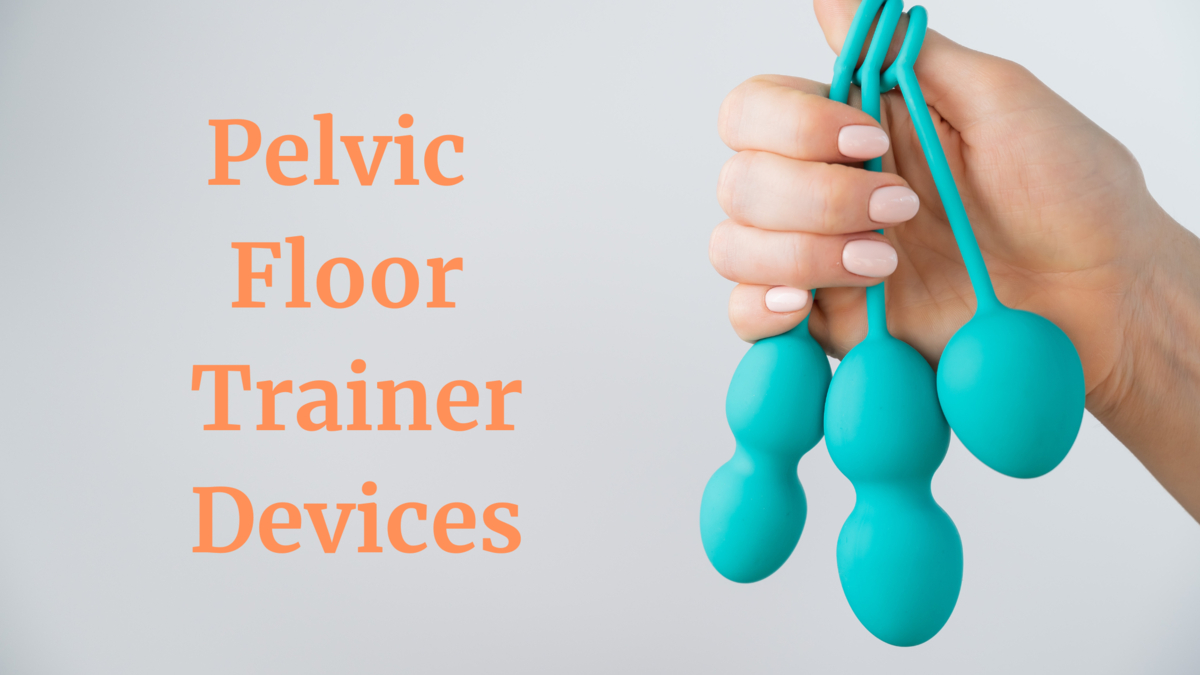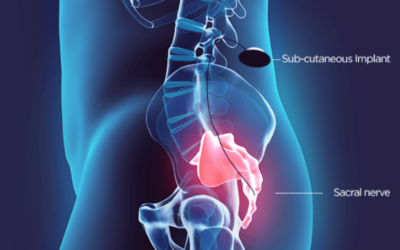Do pelvic floor trainer devices work?
Improving pelvic floor strength is usually the first thing we recommend with any bladder leaking. Doing exercises with an expert (like a pelvic floor physical therapist) has been shown to result in the best outcomes, at least when compared to doing the exercises by yourself. I think things are always a little easier when you have an expert to guide you. But there are a few problems with trying to send everyone to physical therapy.
- There aren’t enough physical therapists to see all of the women with bladder leaking. This is true everywhere, although some places do have more physical therapists than others.
- Some women don’t want to see a physical therapist. You may not be comfortable seeing a pelvic floor physical therapist.
- Physical therapy is expensive. This all depends on insurance, but it can be spendy for a lot of us.
- Over time, many women stop going and don’t complete the recommended number of sessions. This means they don’t get the maximum benefit.
The pandemic highlighted these issues as many therapists weren’t seeing patients and many patients weren’t comfortable seeing therapists (especially if they were in a hospital setting). Pelvic floor trainers or peri-trainers became popular during this time as women looked for treatments they could do at home. So, do pelvic floor trainer devices work? Can they replace pelvic floor physical therapy for some women?
A Systematic Review
A recent article titled “ Commercially available home pelvic training devices for the treatment of pelvic floor disorders” looked at this question. There are lots of small research studies (but few large ones) that look at home pelvic training devices. This article combined the information from the small studies in a scientific fashion to see what the combined data showed. This is what they found:
The bad news
There isn’t enough data to compare home devices to physical therapy.
One of the big questions that I have (and that lots of Urogynecologists have) is whether home devices work as well as physical therapy. And there haven’t been enough studies done to answer that question. It may be that physical therapy works better for some women, and home devices work better for others. Many of us do better when we have an expert guide, like a pelvic floor physical therapist, to teach us something new. I also think having a therapist makes you more accountable. If you know someone is going to ask you about your exercises, you are more likely to do them. At the same time, being able to do the exercises at home makes it more convenient and decreases the cost. This may keep you doing the exercises because it is easier and cheaper- eliminating some of the reasons why women stop going to physical therapy.
There isn’t enough data to recommend one type of home device.
There are lots of devices on the market, more than 40 at my last count. These devices use different technologies. There are weights, electrostimulation, biofeedback, and combination devices that use biofeedback and electrostimulation. Many devices are supported by only small studies, and there is not enough information to say that one device works better than another. This means that one device can’t claim to be better than another- We really don’t know because there haven’t been head-to-head comparisons.
The optimal dose is unclear.
Most of the studies were small, and the women in the studies used the devices for different lengths of time. It isn’t clear how long you should continue the exercises. Some studies suggest that you will benefit more if you use the device for longer. These studies also didn’t show how long the positive effects lasted. Some studies indicate that you have to keep exercising the pelvic floor. Still, many women who go through physical therapy learn to engage the muscles in their day to day life and don’t have to follow an exact exercise regimen. Most devices recommend 6-12 weeks of use.
There is a huge price range.
Pelvic floor training devices range in price from about 50$ to 1000$. This is pretty crazy when one technology doesn’t clearly outperform the others. When you look at the cost, it is important to see if something else is being offered, like some form of coaching support.
The good news
Pelvic floor muscle strength improves.
When you use a pelvic floor home training device for at least four weeks, your pelvic floor muscle strength will improve. This may seem obvious, but it is important to know that all of these different types of devices will make you stronger. And strength usually improves before symptoms get better.
Bladder leaks improve
This was measured in all different ways. Some studies compared the number of leaks. Some looked at how much urine was on pads (I know it doesn’t sound very good, but it is an objective measure of leaking). Women who used home training devices had 1-2 fewer leaks per day and used 1-2 fewer pads per day. And women felt good about the improvements that they had.
There’s lots of work that needs to be done here. We need to figure out what trainers work the best and if one type of device works better for a specific diagnosis. Some initial data show that electrical stimulation devices help more with sexual dysfunction. But the bottom line is that pelvic floor trainer devices do help improve strength and decrease leaking. They are worth trying if you are not ready to seek help for your leaking or if physical therapy is not convenient for you. Before buying one, think about what will keep you engaged. Buy the one that is a flappy bird game if it will keep you exercising. Please don’t buy the most expensive one because it isn’t better. And, as always, you should be up-to-date with your health care before trying anything on your own for your leaking.

JF Pennycuff Obstet Gynecol 2022
C Dumoulin Cochrane Database Syst Rev 2018






0 Comments